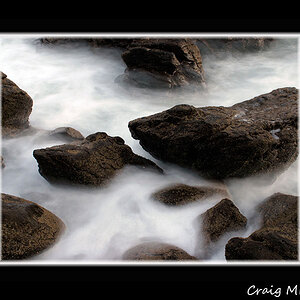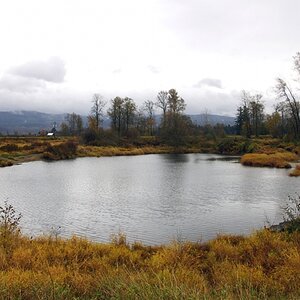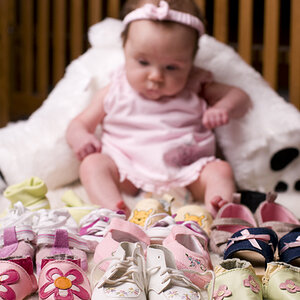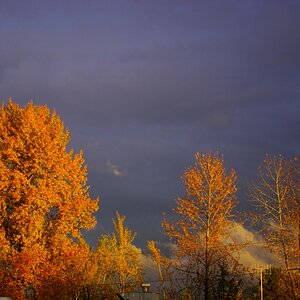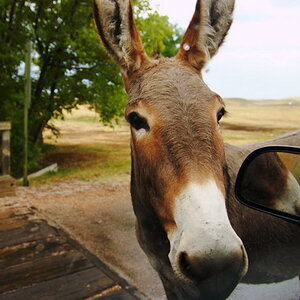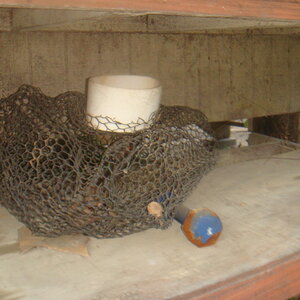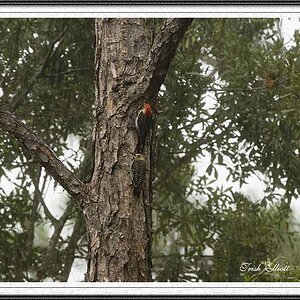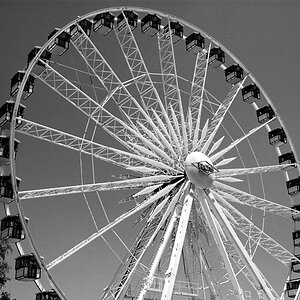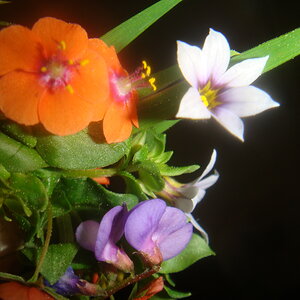domromer
TPF Noob!
- Joined
- Aug 11, 2007
- Messages
- 878
- Reaction score
- 0
- Location
- Eugene, Oregon
- Website
- www.flickr.com
- Can others edit my Photos
- Photos NOT OK to edit
I'm taking my unmetered rolleicord out for the first time tomorrow and need a exposure cheat sheet.
I've borrowed an incident meter and have been comparing the exposure against my D80's meter and I keep getting wildly different results. So I thought a backup might be a good idea.
Anyone know where I could find a cheat sheet online to print out? I googled it but didn't find much.
I've borrowed an incident meter and have been comparing the exposure against my D80's meter and I keep getting wildly different results. So I thought a backup might be a good idea.
Anyone know where I could find a cheat sheet online to print out? I googled it but didn't find much.


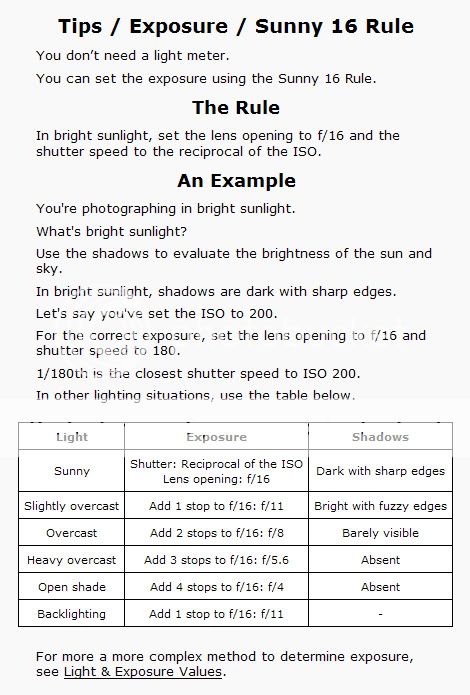
![[No title]](/data/xfmg/thumbnail/31/31089-cc3a7a6049305e29a6be920fad49acce.jpg?1619734605)
![[No title]](/data/xfmg/thumbnail/36/36302-6ee4929dfdf80290ffd73704693e860f.jpg?1619737496)
